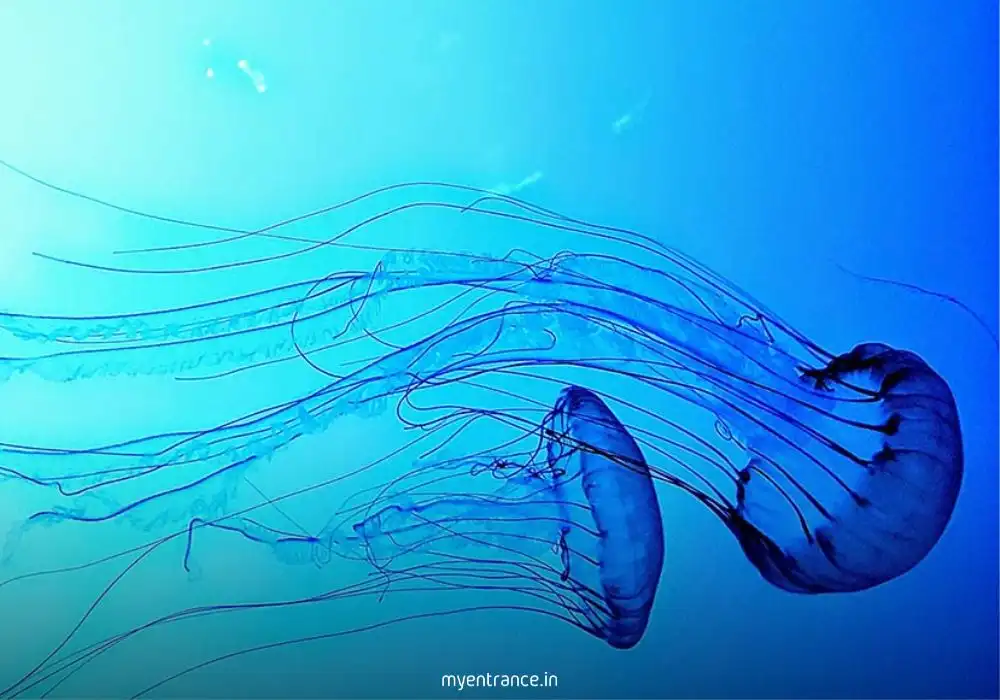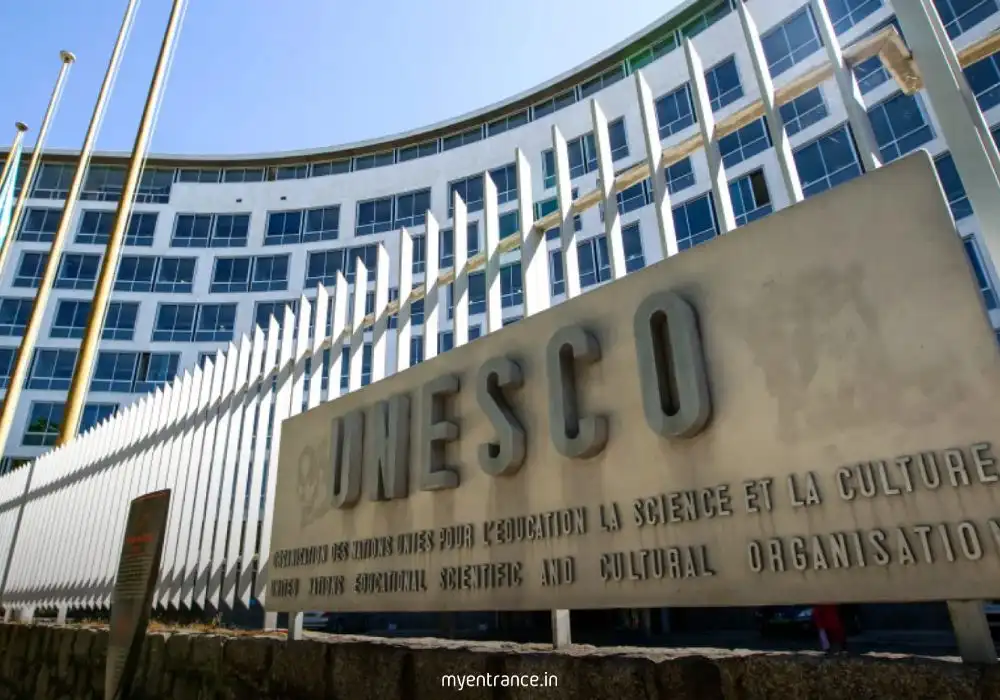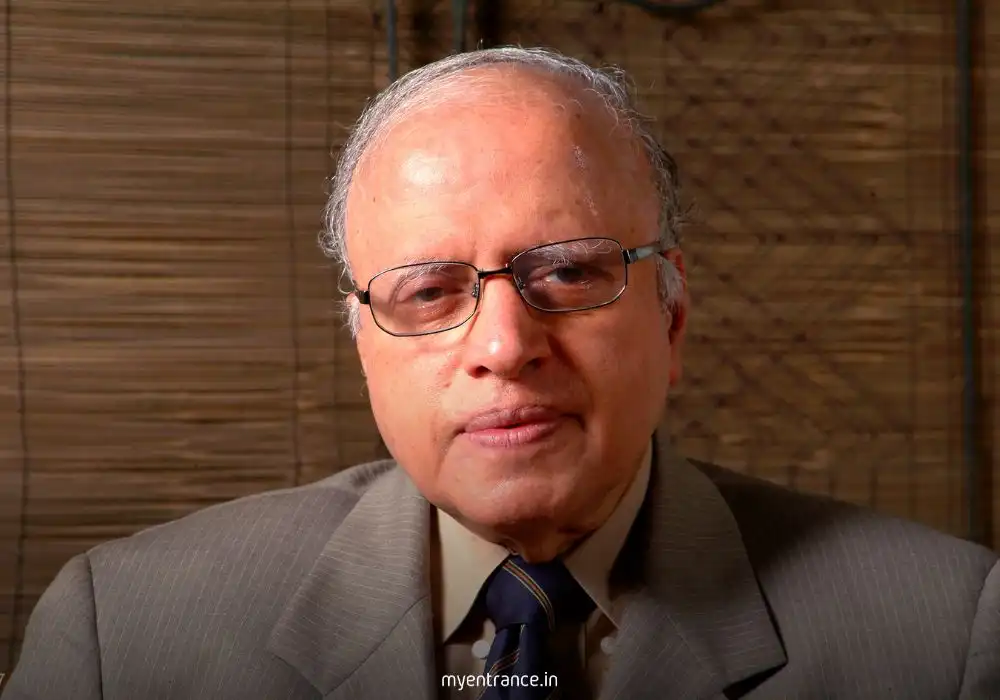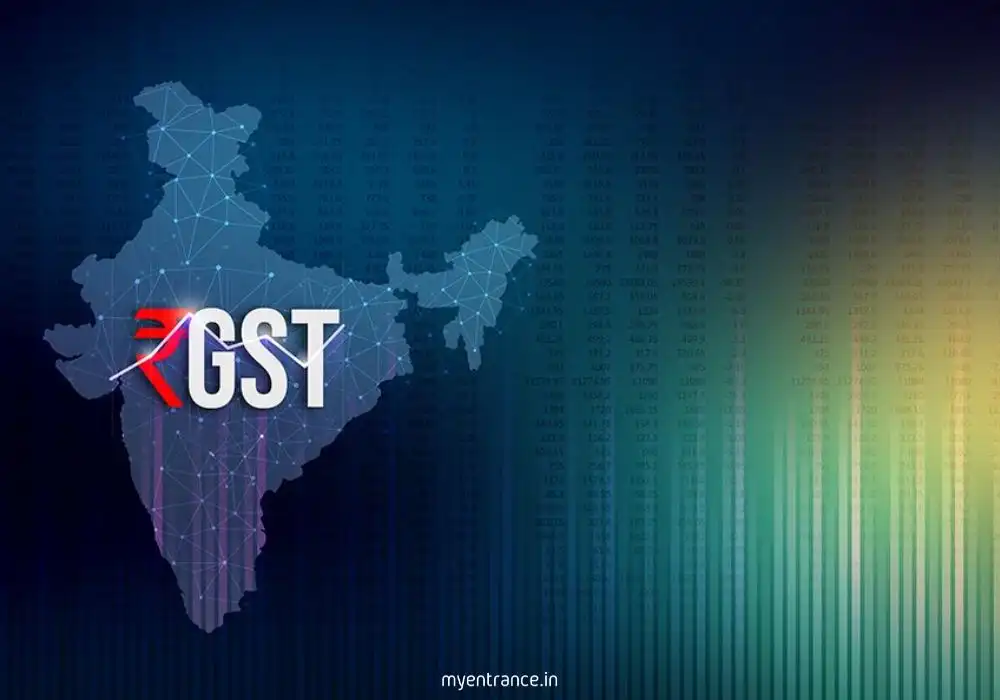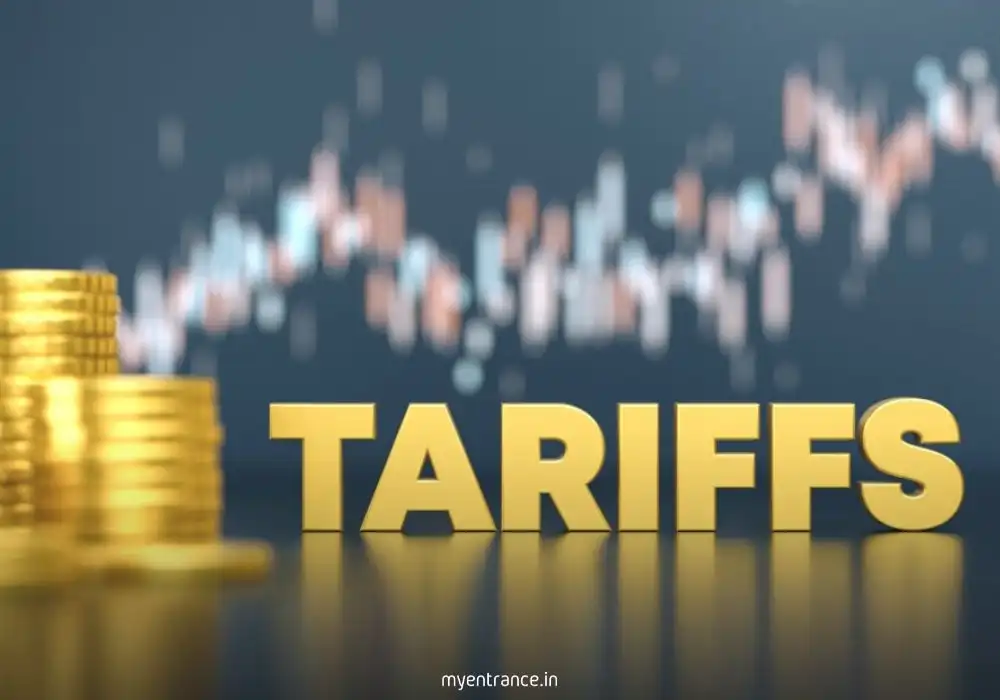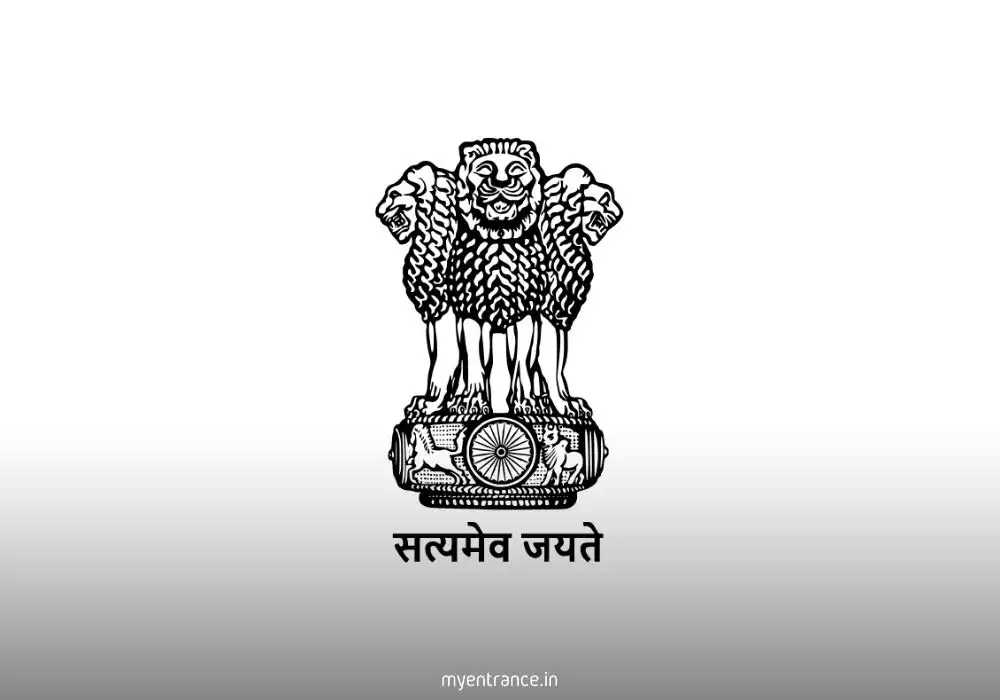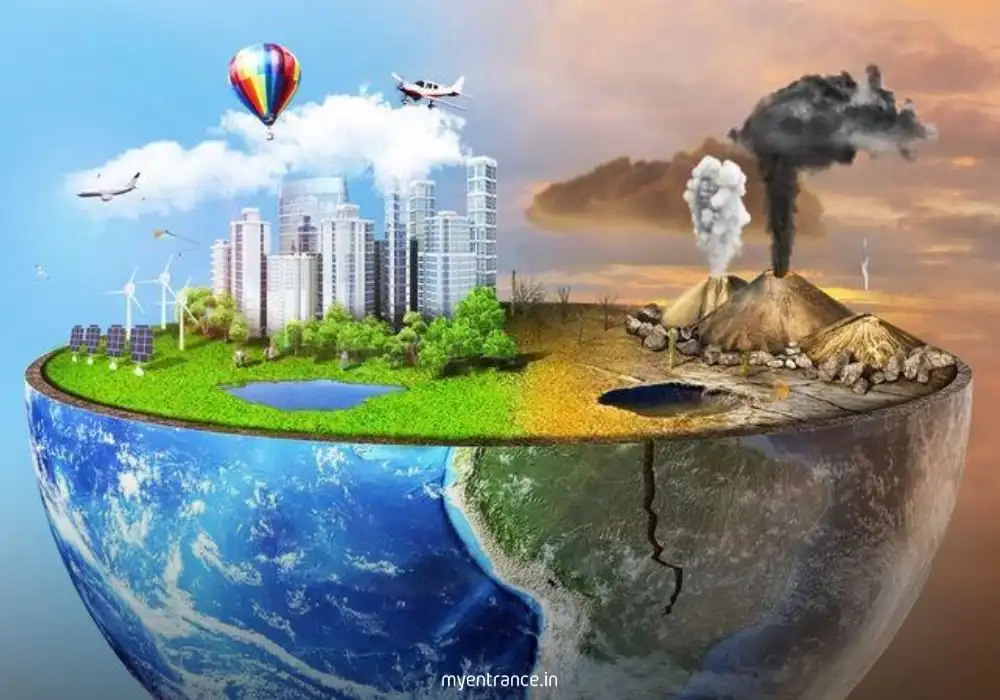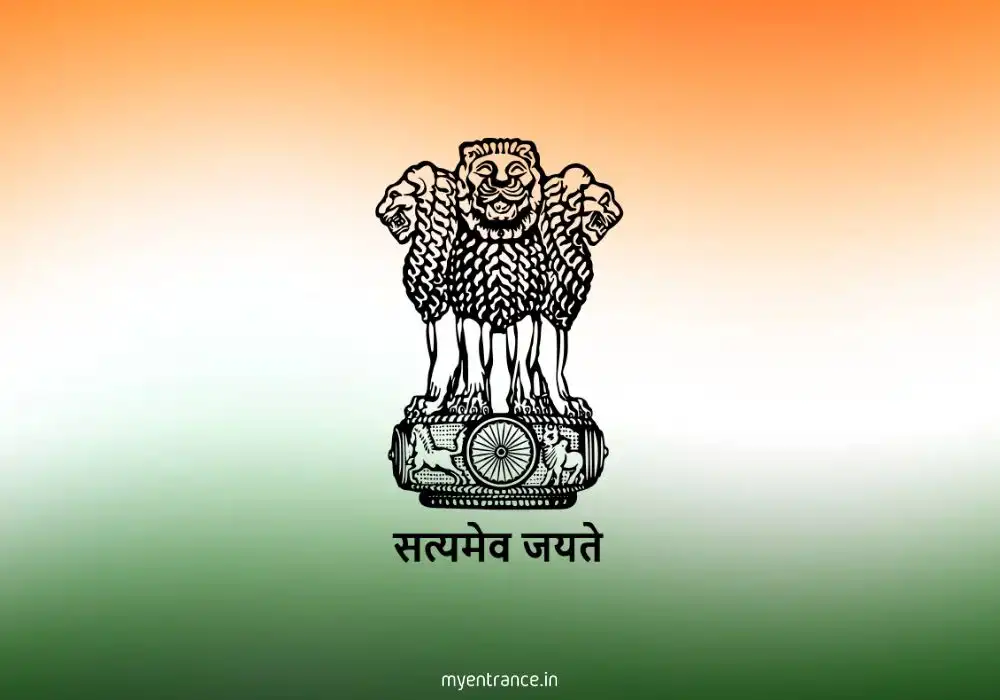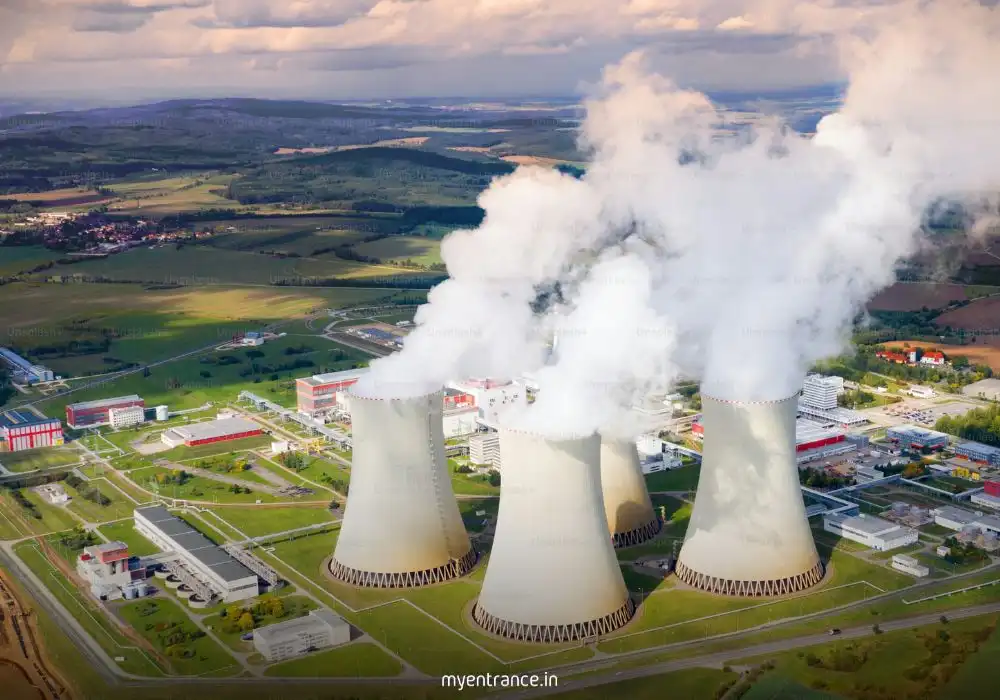Translate Language
Exploring Outer Space: A Comprehensive Guide for Competitive Exams
Discover the fascinating world of outer space—its composition, celestial bodies, and significance in competitive exams like SSC, PSC, UPSC, NID, NIFT, and KAS. Learn key concepts, sample questions, and latest discoveries to ace your exams!
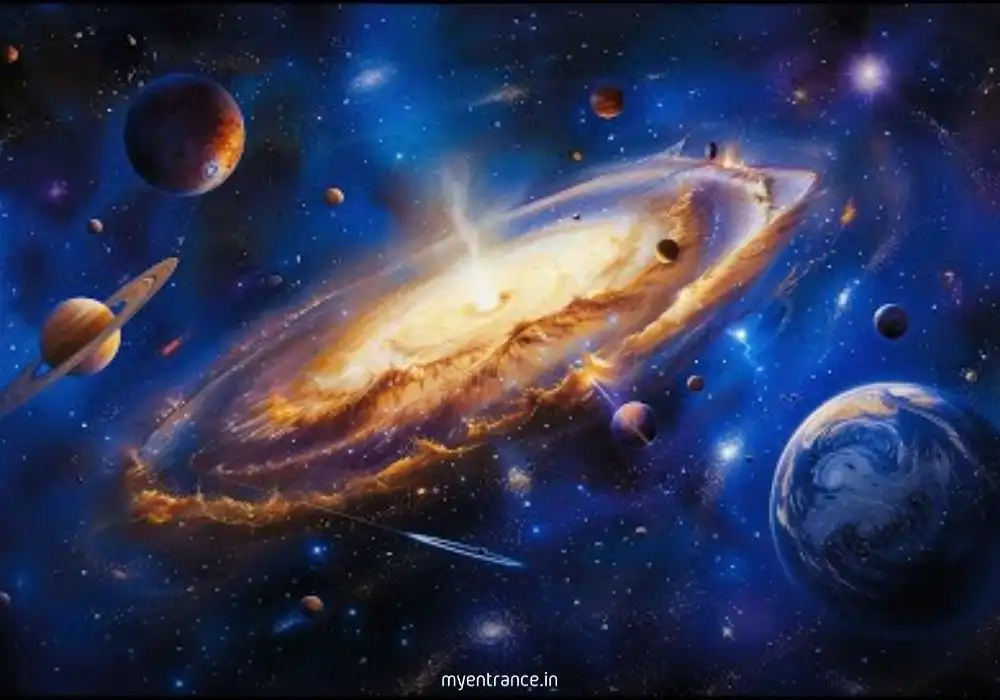
About Outer Space
What is Outer Space?
Outer space, often simply called “space,” begins at the Kármán Line, about 100 km (62 miles) above sea level, where Earth’s atmosphere fades into the vacuum of space. Unlike Earth, space has:
Extremely low pressure and density (near-perfect vacuum).
No breathable air, weather, or oxygen, making it uninhabitable without technology.
Celestial Bodies in Space
Despite being mostly empty, space contains:
Stars (like our Sun), planets, moons, asteroids, and comets.
Galaxies, including our Milky Way, which has over 100 billion stars.
The observable universe, which contains trillions of galaxies.
Gravity in Space
A common misconception is that there’s no gravity in space. However:
Gravity exists everywhere—it keeps planets in orbit around stars.
Astronauts experience weightlessness (microgravity) because they are in free fall along with their spacecraft.
Extreme Phenomena in Space
Space hosts some of the most powerful cosmic events:
Black holes – Regions with gravity so strong that not even light escapes.
Neutron stars & supernovae – Remnants of massive star explosions.
Cosmic background radiation – Faint glow from the Big Bang, proving the universe’s origin.
History of Space Exploration
Ancient civilizations (Babylonians, Greeks, Mayans) studied stars for navigation and calendars.
1957: The Sputnik 1 launch marked the start of the Space Age.
1969: Humans landed on the Moon (Apollo 11).
Modern telescopes like Hubble and James Webb reveal deep-space secrets.
Importance of Space Research Today
Satellite technology improves communication and weather forecasting.
Mars exploration (NASA’s Perseverance, ISRO’s Mangalyaan).
Search for exoplanets (planets outside our solar system) and alien life.
Questions & Answers for Competitive Exams
Q: What is the Kármán Line?
A: The boundary between Earth’s atmosphere and outer space, located 100 km (62 miles) above sea level.
Q: Why do astronauts float in space?
A: Due to microgravity—they are in free fall along with their spacecraft.
Q: Which was the first artificial satellite launched into space?
A: Sputnik 1, launched by the Soviet Union in 1957.
Q: What is a black hole?
A: A region in space where gravity is so strong that nothing, not even light, can escape.
Q: Which telescope replaced the Hubble Space Telescope for deep-space observations?
A: The James Webb Space Telescope (JWST), launched in 2021.
Final Thoughts
Outer space remains one of the most exciting topics in competitive exams. From black holes to space missions, a strong grasp of these concepts can help you score well. Stay updated with MyEntrance.in for more mock tests, current affairs, and daily quizzes tailored for SSC, PSC, UPSC, NID, NIFT, and KAS exams!
Get 3 Months Free Access for SSC, PSC, NIFT & NID
Boost your exam prep!
Use offer code WELCOME28 to get 3 months free subscription. Start preparing today!
